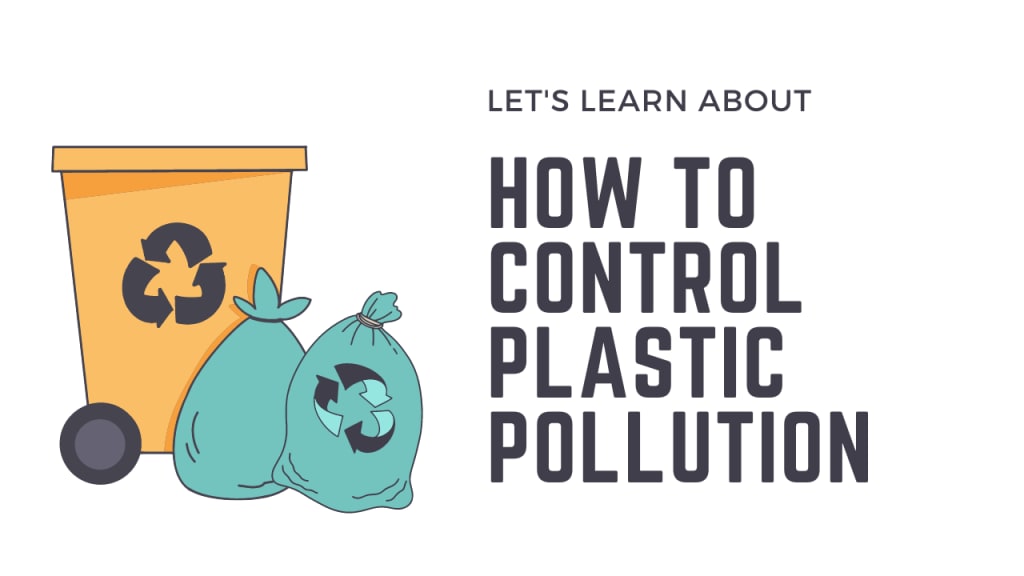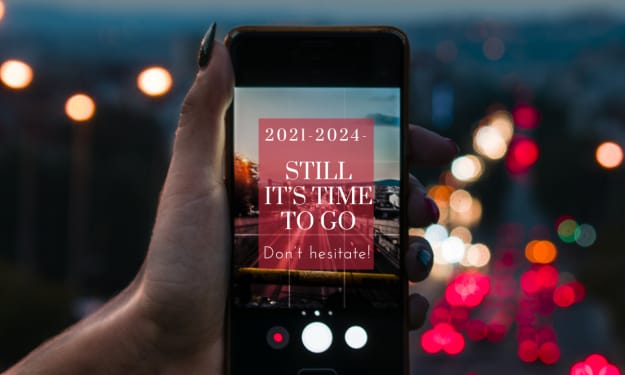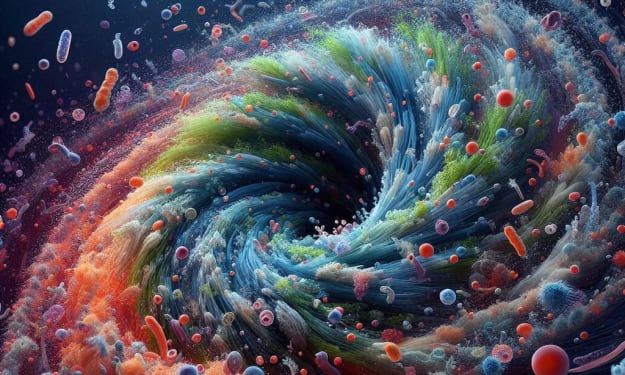The Environmental Effects of Plastic Pollution How to Control it
Plastic pollution is a major global issue that has far-reaching consequences for human health and the environment, Let's see the factors which can control the pollution.

Plastic pollution is a global environmental issue that has far-reaching consequences for human health and the planet. The widespread use of plastic has led to its accumulation in the environment, including oceans, rivers, and landfills, where it can persist for hundreds of years. This waste significantly threatens wildlife, ecosystems, and human health.
Toxic Chemicals
One of the primary impacts of plastic pollution on human health is the release of toxic chemicals. Many types of harmful additives, such as bisphenol A (BPA) and phthalates, which can leach into the environment and be ingested by humans. These chemicals have been linked to various health problems, including reproductive and developmental damage, hormonal disruption, and cancer.
ingestion of microplastics
Another way this pollution affects human health is through the ingestion of microplastics. Microplastics are tiny pieces of plastic smaller than 5mm and are found in the environment and in seafood, tap water, and bottled water. When consumed, these microplastics can accumulate in the body and release toxic chemicals, leading to potential health problems.
Environment and wildlife
In addition to its impacts on human health, this kind of pollution has significant consequences for the environment and wildlife. Marine animals are particularly affected by this pollution, as they often mistake debris for food, leading to plastic ingestion and potential blockage of the digestive system. This can lead to starvation, reduced reproductive success, and death. Additionally, these debris in the ocean can entangle and kill marine animals, including sea turtles, whales, and birds.
This kind of pollution also harms ecosystems and biodiversity. It's waste can alter the composition of ecosystems, leading to the displacement of native species and the introduction of new and invasive species. This can disrupt the balance of ecosystems and cause harm to wildlife and plant populations.
The impact of plastic pollution on the planet goes beyond its immediate effects on the environment and wildlife. It's waste also contributes to climate change by releasing greenhouse gases during production, transportation, and disposal. Landfills, where much of the waste ends up, are significant sources of methane, a potent greenhouse gas.
How To Control Increasing Plastic Pollution
Controlling plastic pollution on a larger scale is a complex issue that requires a comprehensive approach. Plastic pollution is a global problem affecting the environment and the health of wildlife, marine life, and humans. Plastic pollution results from the overproduction and overuse of single-use plastics and inadequate waste management practices. In this essay, I will outline several strategies for controlling plastic pollution on a larger scale. Let's Discuss in detail how it can be controlled.
Reduction of single-use plastics
Reducing single-use plastics is the first and most effective way to control plastic pollution. Single-use plastics, such as straws, plastic bags, and bottled water, are used only once and then discarded, contributing significantly to plastic pollution. Governments and businesses can implement policies to reduce the use of single-use plastics. For example, some cities and countries have banned or taxed single-use plastics, such as plastic bags, to reduce their use. Governments can also promote reusable products, such as cloth bags, reusable water bottles, and food containers, as alternatives to single-use plastics.
Improving recycling
Improving the recycling infrastructure is another crucial strategy for controlling plastic pollution. Recycling reduces the amount of plastic waste that ends up in landfills and the environment. Governments can invest in developing new recycling technologies and infrastructure, such as curbside collection and sorting facilities. Additionally, businesses can support the recycling effort by offering recycling programs for their products, such as collecting and recycling used packaging. Consumers can also play a role by properly disposing of plastic waste and participating in local recycling programs.
Governments can play a crucial role in reducing plastic waste by implementing regulations and policies, such as bans on single-use plastics, extended producer responsibility programs, and mandatory recycling.
Businesses can also help reduce plastic waste by reducing the amount of plastic packaging they use and developing more sustainable packaging solutions. Companies can also implement recycling programs and educate consumers on recycling and waste reduction.
Individuals can take simple steps to reduce their plastic usage, such as using reusable bags, containers, and water bottles and adequately disposing of waste. They can also support businesses and governments that reduce waste and promote sustainability.
Cleaning up the environment
Organizing large-scale cleanup efforts is another way to control plastic pollution. Governments, non-profit organizations, and volunteers can work together to remove plastic waste from the environment, such as beaches, rivers, and oceans. Governments can also implement laws and regulations to prevent littering and illegal dumping of plastic waste. For example, they can impose fines on individuals and businesses that litter or illegally dump plastic waste. Additionally, governments can invest in developing new technologies, such as plastics-to-fuel, in turning plastic waste into a valuable resource.
Education and public awareness
Education and public awareness are essential strategies for controlling plastic pollution. Governments and non-profit organizations can educate the public on the dangers of plastic pollution and the importance of reducing and properly disposing of plastic waste. They can also promote public education campaigns to raise awareness about the impact of plastic waste on the environment, wildlife, and human health. Social media and online platforms can also spread the message about the dangers of plastic pollution and the importance of reducing plastic waste.
Innovation and research
Encouraging innovation and research is another way to control plastic pollution. Governments can invest in developing new technologies and materials that can replace single-used items and improve the recycling process. For example, biodegradable plastics and other alternative materials, such as paper, glass, and metal, can be used as alternatives to single-use time used items. Additionally, governments can fund research into the impacts of this pollution on the environment and wildlife and into new and innovative solutions for controlling pollution.
Final Take Away
In conclusion, controlling the pollution on a larger scale requires a comprehensive approach that includes reduction, recycling, cleanup, education, and innovation. Governments, businesses, and individuals must work together to reduce the use of single-use plastics, improve the recycling infrastructure, clean up the environment, educate the public, reduce e waste such as old phone and encourage innovation. The goal is to create a systemic change in how we produce, use, and dispose of plastics to reduce the amount of plastic waste in the environment and protect the health of our planet.
About the Creator
Enjoyed the story? Support the Creator.
Subscribe for free to receive all their stories in your feed. You could also pledge your support or give them a one-off tip, letting them know you appreciate their work.





Comments
There are no comments for this story
Be the first to respond and start the conversation.